If I were to ask you what the most important element of a landscape photo is, what would you say?
I'm guessing that most responses would be the subject of the shot...
And while the subject is certainly an important element, I'd argue that it's the foreground is the key to an improved landscape photo.
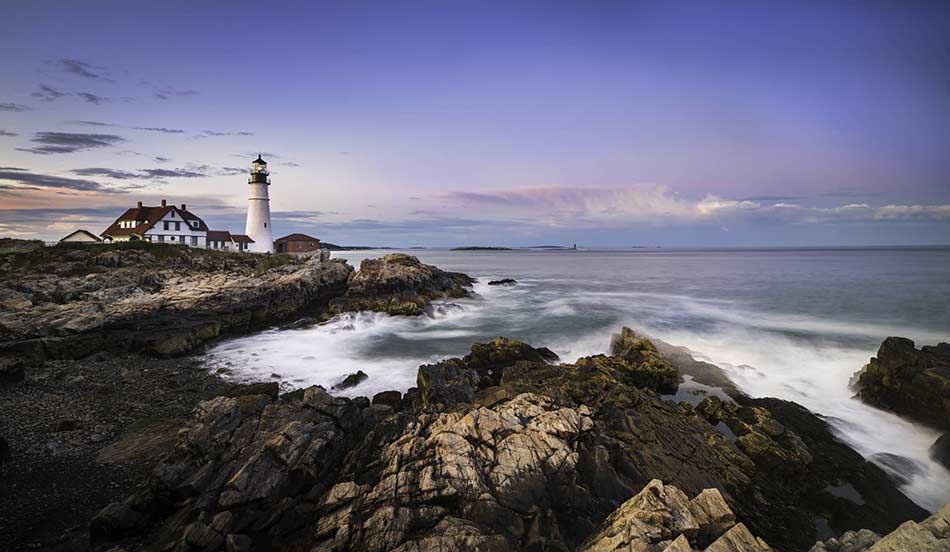
Why?
The primary reason is because the foreground is like the introduction to the image - it sets the stage for the story you tell.
Working a nice foreground into the shot gives it depth and dimension, and helps viewers feel more connected to the landscape because they feel as though they're standing right there.
So, the question is, how do you successfully use the foreground in landscape photography?
Here's a few tips...
Manipulate the Aperture
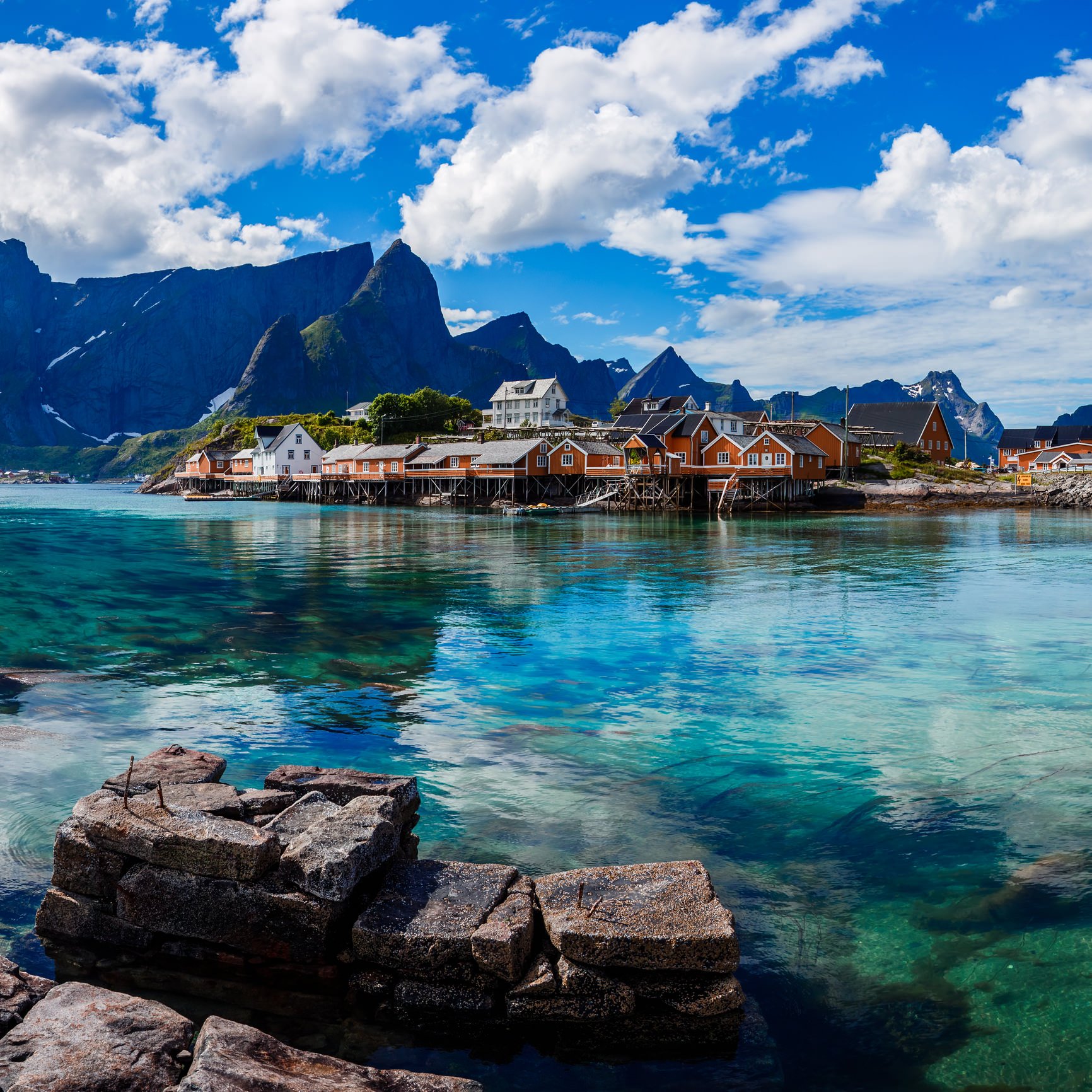
If you're new to photography, the aperture of your camera's lens determines (in part, anyway) the depth of field of the shot.
That is, the smaller the f-stop you use, the shallower the depth of field and the less of the scene that will be sharply in focus.
On the other hand, the larger the f-stop you use, the larger the depth of field and the more of the scene that's in focus.
Naturally, the latter is the preferred option in landscape photography because it allows you to keep everything from foreground to background in focus, as seen in the image above.
Start out with something like f/8 or f/11, and work your way up from there.
Incorporate Interesting Elements
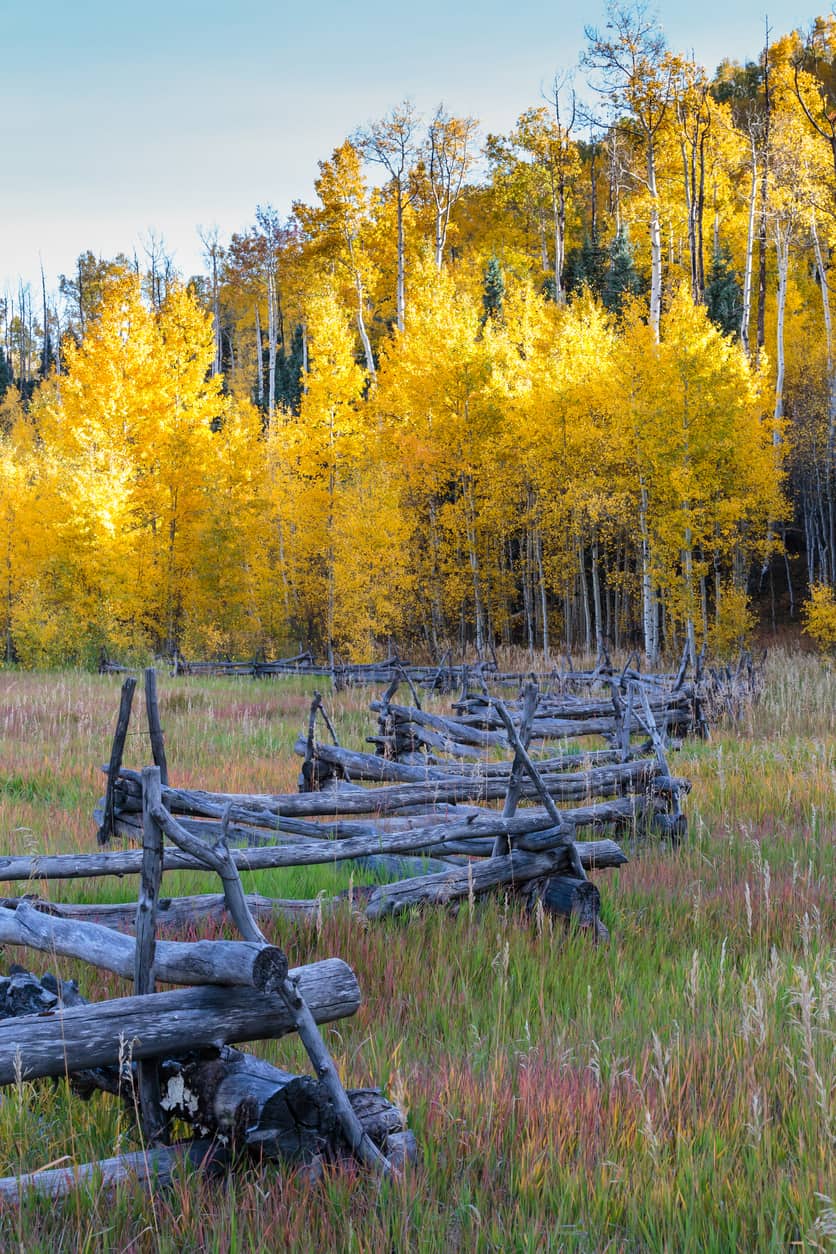
Maximizing the impact of the foreground of a landscape photo means that you need to incorporate something that's eye-catching.
In other words, it's not enough to frame up a shot with a foreground - you need to seek out features that enhance the overall value of the image.
Two top choices are leading lines and textures.
As for leading lines, they serve to help connect the foreground to the background, literally serving as a visual roadmap for viewers to follow as they inspect the image. And they don't have to be straight lines to be effective, either, as you can see above.
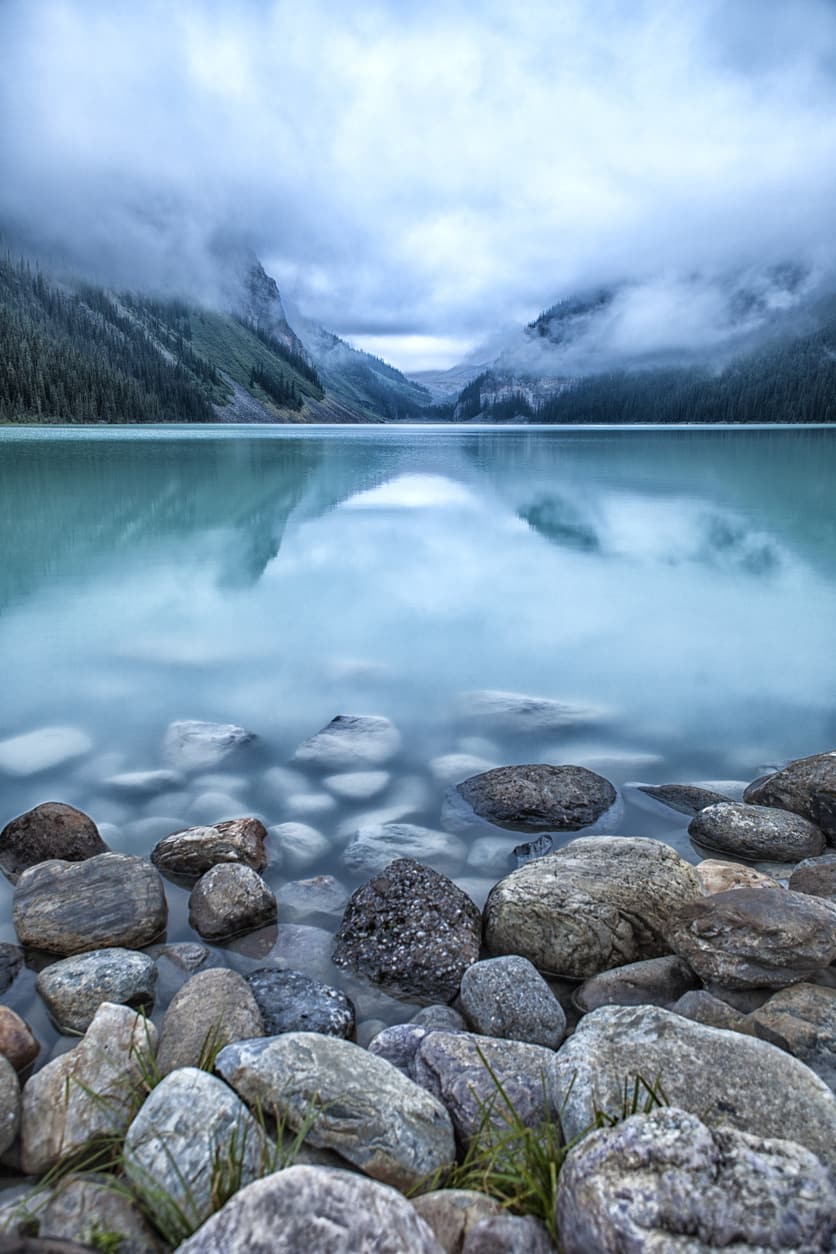
Texture is an excellent component to include in a landscape as well, as it gives the image a greater depth.
In the image above, for example, the rocks in the foreground give this image the added detail it needs in the face of all the nondescript cloudiness in the sky.
What's more, the shapes and colors of the rocks are a nice contrast to the smooth, blue waters of the lake.
Another quick tip is this: when you want to include more foreground, try shooting in vertical aspect or with a wide-angle lens. That will allow you to incorporate more foreground into the shot.
Use a Tripod for a Low-Angle Shot
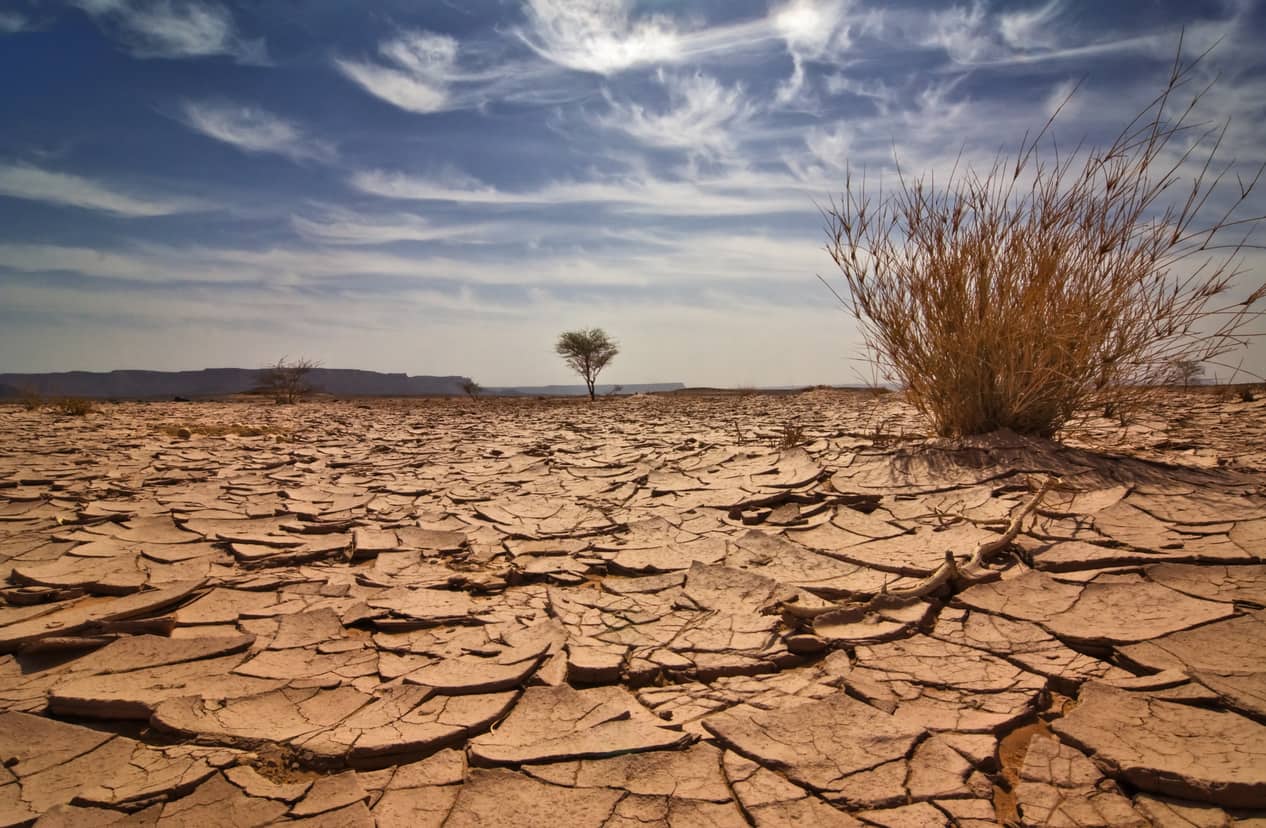
If you don't have a wide-angle lens handy (or even if you do), taking a landscape photo from a low perspective will help you maximize the amount of foreground that you can squeeze into a shot.
As you can see in the image above, the low perspective allowed the photographer to highlight all the incredible textures going on in the foreground.
In fact, it's these textures in the mud that become the highlight of the photo!
To get this type of low-angle shot, it's helpful to have a tripod.
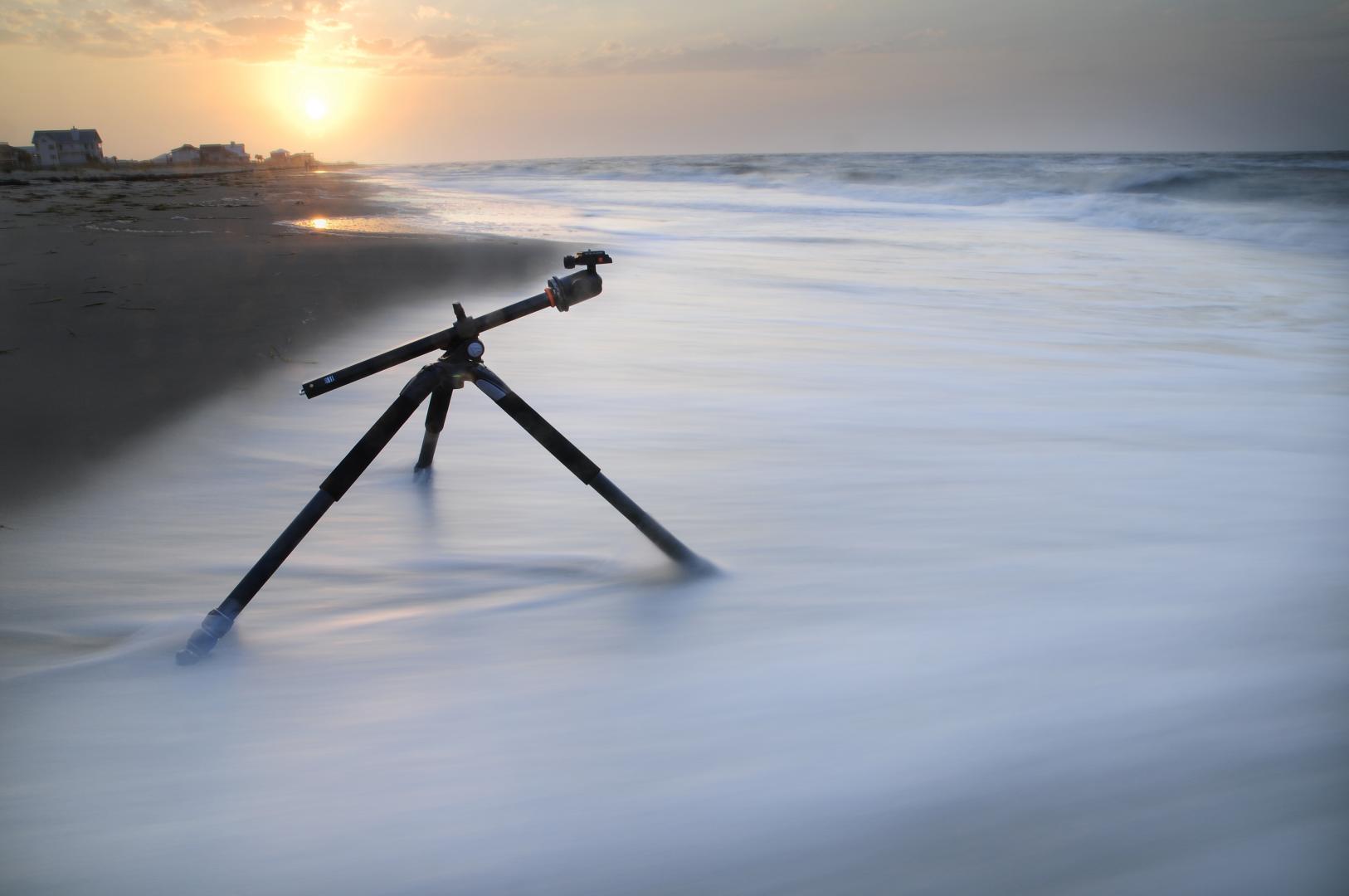
At first, you might wonder why you'd need a tripod to get a low-angle shot. After all, it's easy to simply kneel down or bend down to get your camera closer to the ground.
The trouble is that that's a body position that's not exactly the easiest to hold. That means your camera is more likely to be moving, which increases the chances that you'll have blurry photos. Learn more about how to take landscape photos on our website PhotographyTalk.com.
However, if you have a tripod with an articulating center column like the one found on the Vanguard Alta Pro 263AP, you can frame up those low-angle shots knowing that your camera has the ultimate in support for sharply focused images.
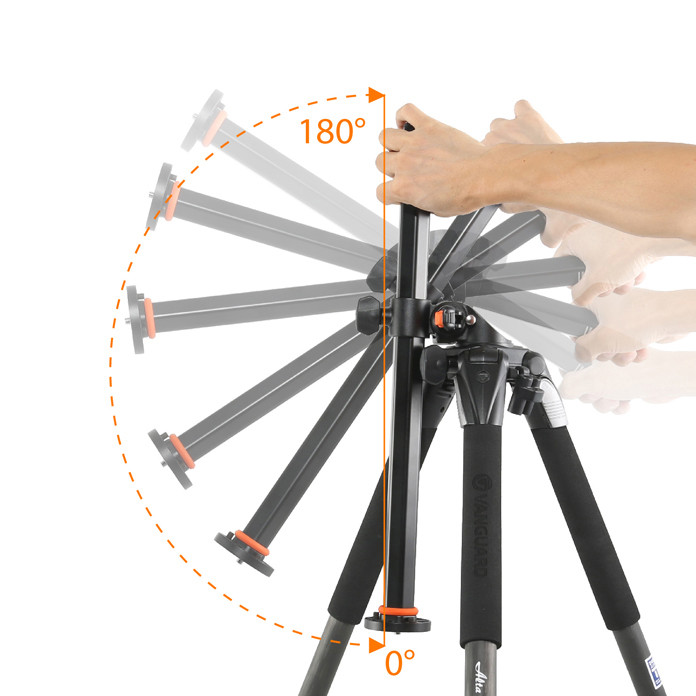
As you can see in the diagram above, this tripod's Multi-Angle Central Column gives you 180-degrees of movement so you can snap low-angle photos with ease.
The central column articulates on the vertical and horizontal axes as well, opening up even more unique photography opportunities.
The tripod holds up to 11 pounds of gear, and includes a pan head with quick release so when you want to shoot hand held, it's a matter of a couple of seconds to detach your camera.
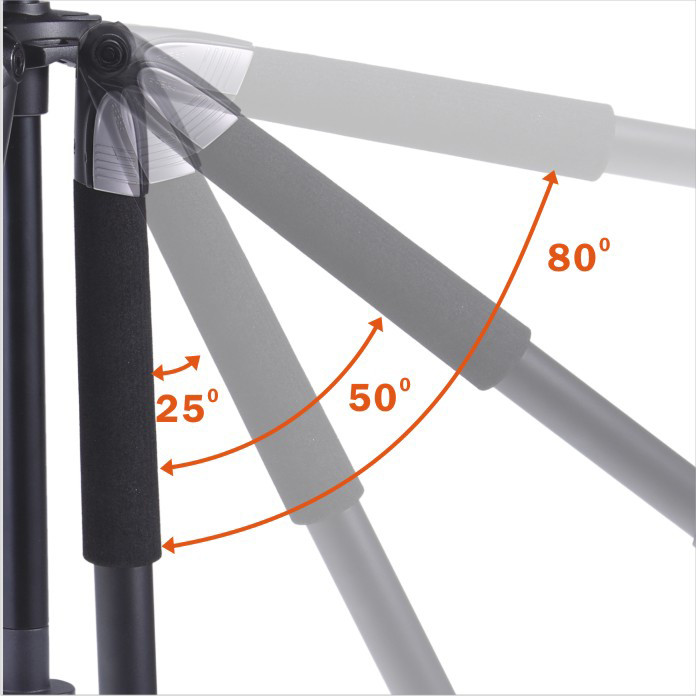
With four built-in bubble levels, this is a landscape photographer's dream tripod, because there's no excuse for getting shots with a wonky horizon!
Additionally, it's got three leg sections, each of which has three leg angles (shown above) for adjusting the height of the tripod.
Add in grippy rubber feet with retractable metal spikes for stability, a maximum height of 70-inches, and a folded length of just 28.5-inches, you've got a recipe for a great tripod that helps you take all kinds of landscape photos.
That's especially true if you work the aperture you're using and frame up shots with interesting features in the foreground.
This blog post about the topic "How to Get a Perfect Foreground in Landscape Photography?" was first published on our website here https://www.photographytalk.com/landscape-photography/7986-how-to-get-a-perfect-foreground-in-landscape-photography